Looking for a reliable second-hand camera to capture amazing shots in dark conditions? This guide explores the best performers in 2025, focusing on ISO capability and real-world usability.
Why ISO Performance Matters in Low Light Photography
Here you’ll learn why ISO plays a crucial role in night photography and why it should matter to second-hand buyers.
ISO boosts your camera sensor’s sensitivity to light. At night, when light is scarce, you rely on higher ISO values to capture detail. But there’s a trade-off: as ISO pushes higher, digital noise creeps in, reducing clarity and color accuracy.
When shopping second-hand, clean ISO handling is worth more than headline-grabbing maximum ISO numbers. Usability at ISO 3200, 6400, or even 12800 matters more than hitting theoretical 204,800 limits you’ll never touch in practice.

I remember a night in the backstreets of Lisbon with just café string lights overhead. I had to crank my ISO to 12800. The grain was noticeable, but because I used a camera that held its dynamic range impressively, the image retained mood and texture instead of falling apart in mushy noise.
Best Second-Hand Cameras for Low Light in 2025
This section compares the three outstanding used models most trusted for ISO performance under dim conditions.

The Sony A7 III, Canon EOS R6, and Nikon Z6 II dominate the low light second-hand market. While they share a similar full-frame sensor size, their behavior in high ISO ranges differs:
| Name | Best for | ISO/Spec | Look/Result | Latitude/Usability | Notes |
|---|---|---|---|---|---|
| Sony A7 III | Balanced night work | Native 100–51200 | Smooth tones, decent grain | Usable up to ISO 12800 | Great balance of detail & noise |
| Canon EOS R6 | Cleanest high ISO | Native 100–102400 | Low noise, warm colors | Holds strong past ISO 6400 | Autofocus best in low light |
| Nikon Z6 II | Color fidelity under dim light | Native 100–51200 | Rich shadows, mild noise | Solid up to ISO 10000 | Good balance of detail, less AF hunting |
I once tested both an R6 and a Z6 II inside a dimly lit music hall. The Canon rendered smoother files at ISO 8000, while the Nikon gave richer reds and a slightly moodier rendering. Both delivered usable shots, but depending on taste, one file felt cleaner and the other more dramatic.
Pros
- All three deliver excellent low-light results for their age.
- Available widely on the second-hand market.
- Designed with full-frame ISO reliability in mind.
Cons
- Condition varies significantly with previous use.
- Batteries often show wear in older units.
- Firmware must sometimes be updated manually.
How to Choose the Right Used Camera for Night Photography
This part guides your evaluation process beyond ISO specs toward usability and compatibility.
Your decision should rest on which ISO ranges stay clean, what lenses you can mount, and how long the camera lasts per battery cycle. If you’re already invested in Canon glass, the R6 can maximize compatibility. For Sony or Nikon, their mirrorless systems offer versatile lens options, especially when paired with a fast prime.

- Inspect sensor for scratches or dust spots.
- Check for hot pixels in long-exposure test shots.
- Test ISO levels up to your typical shooting range.
- Confirm autofocus functionality in low light.
Maintaining Performance in Low Light with a Second-Hand Camera
Here you’ll pick up methods to keep your used gear performing as if brand new in dim conditions.
Dust and grime on a sensor easily exaggerate grain at high ISOs. Regular cleanings, firmware updates, and proper storage extend usability. Fast lenses and tripods also reduce your reliance on extreme ISO by physically letting in more light.

Once on a night shoot in Amsterdam, I noticed strange blotches in my sky exposures. A quick dry sensor cleaning solved the issue, and suddenly, star points returned sharp instead of ghosted. Maintenance smallness translates to big differences under ISO strain.
Creative Inspiration: Low Light Shots with Used Mirrorless Cameras
Finally, bring inspiration to your practice by exploring subjects and styles that naturally suit higher ISOs.
Try portraits lit only by neon, or cityscapes with wet reflections. Astrophotography, too, thrives with cleaned second-hand sensors and smart ISO use. Don’t fear a little grain — sometimes, it adds cinematic grit. A smoky jazz club portrait with ISO noise can look more atmospheric than a pristine, sterile file.
I once found that unexpected stippling noise in a long-exposure night shot gave a vintage grain feel. Instead of deleting it, I embraced it, and it became one of my most shared images.
Quick Decision
- Pick the Canon EOS R6 if you want the cleanest files past ISO 6400.
- Choose the Sony A7 III for an even balance between detail, battery life, and second-hand availability.
- Opt for the Nikon Z6 II if you prefer rich tones and steady shadow handling in moody scenes.
FAQ
Which second hand cameras have best ISO in 2025?
Sony A7 III, Canon EOS R6, and Nikon Z6 II remain strong performers. Focus on usability in ISO 3200–12800 rather than headline maximums.
Are Nikon Z6 II low light results better than Canon EOS R6?
The Z6 II balances noise and color fidelity well, while the R6 produces cleaner files beyond ISO 6400. The right choice depends on preferences for cleaner output versus tonal richness.
What to check before buying used low light cameras?
Inspect the sensor, test sample low-light files, confirm autofocus performance in dim environments, and verify firmware compatibility.
How to optimize ISO on second hand cameras?
Stick to native ISO ranges, pair with fast f/1.8 or faster lenses, and apply post-processing noise reduction moderately.
Next Steps
Explore our collection of used digital cameras ready for night shooting.




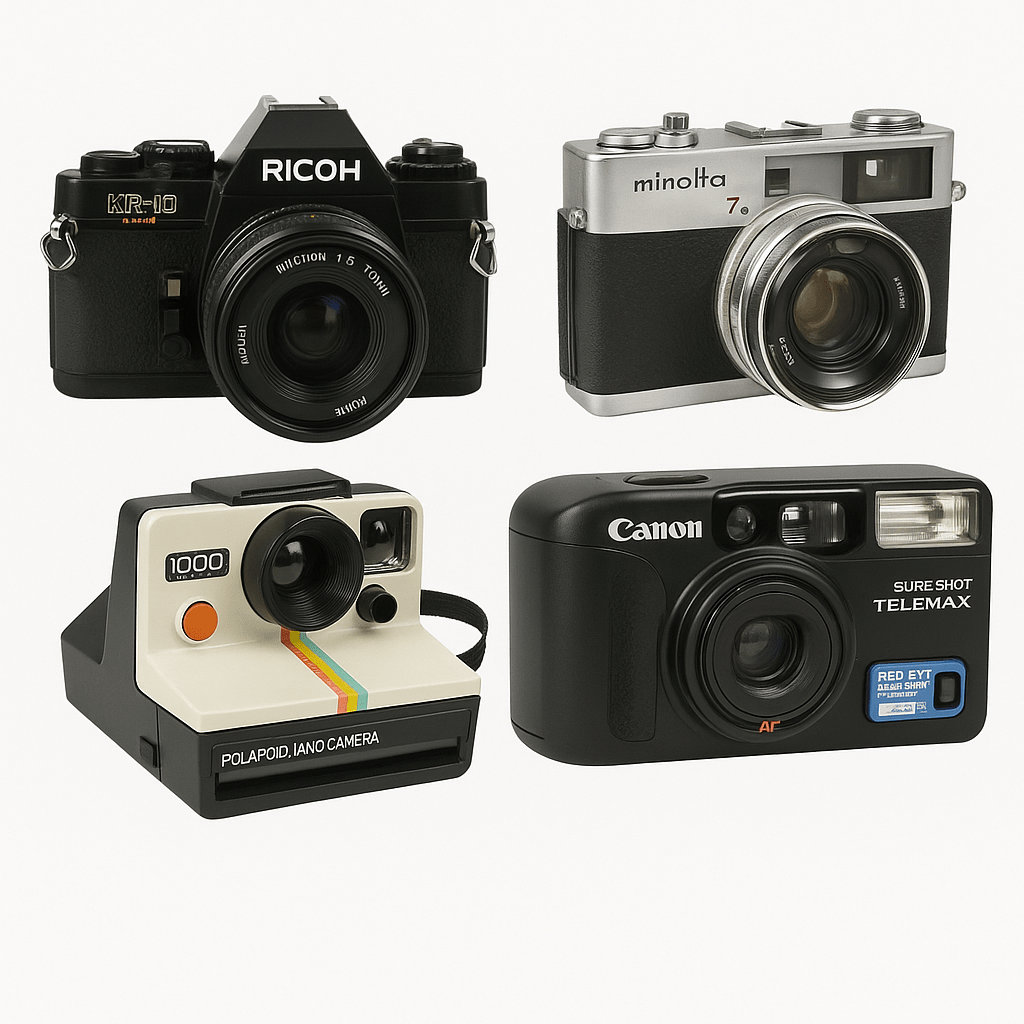
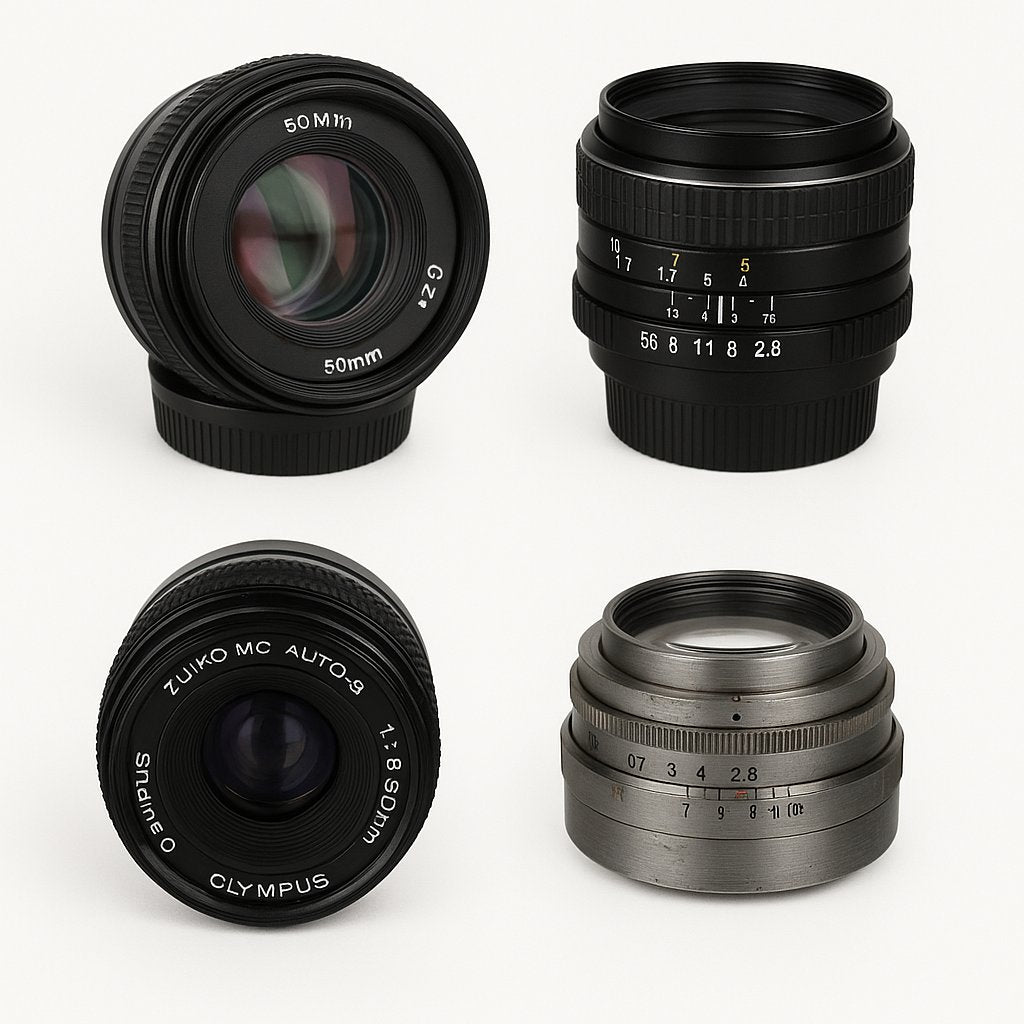
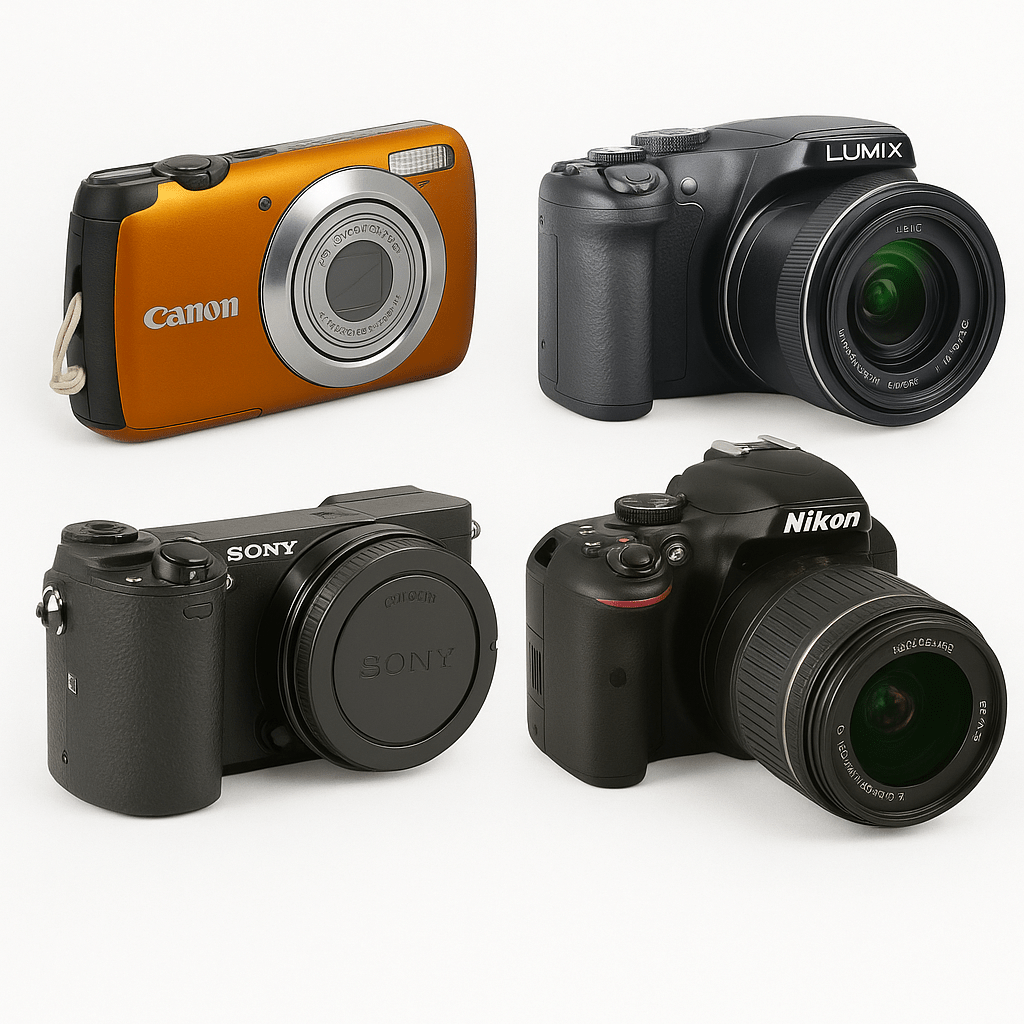
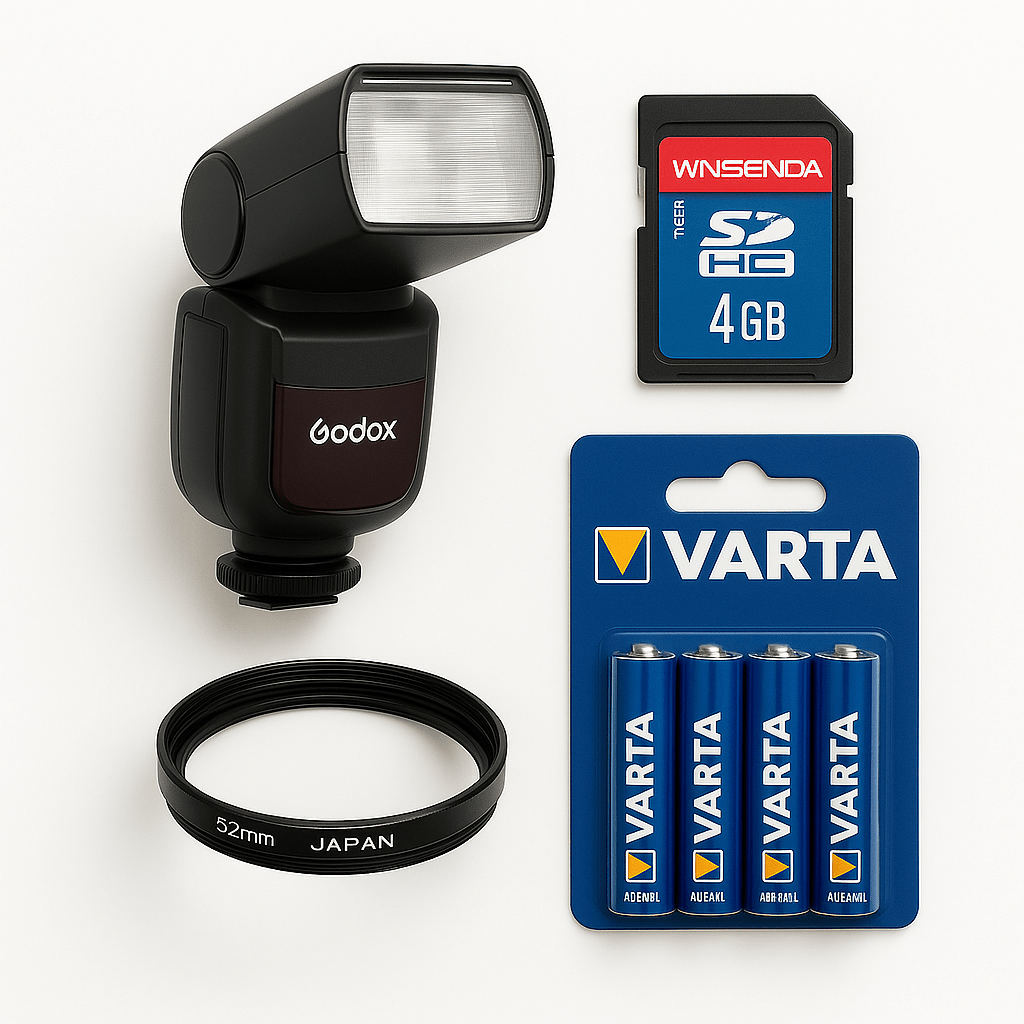
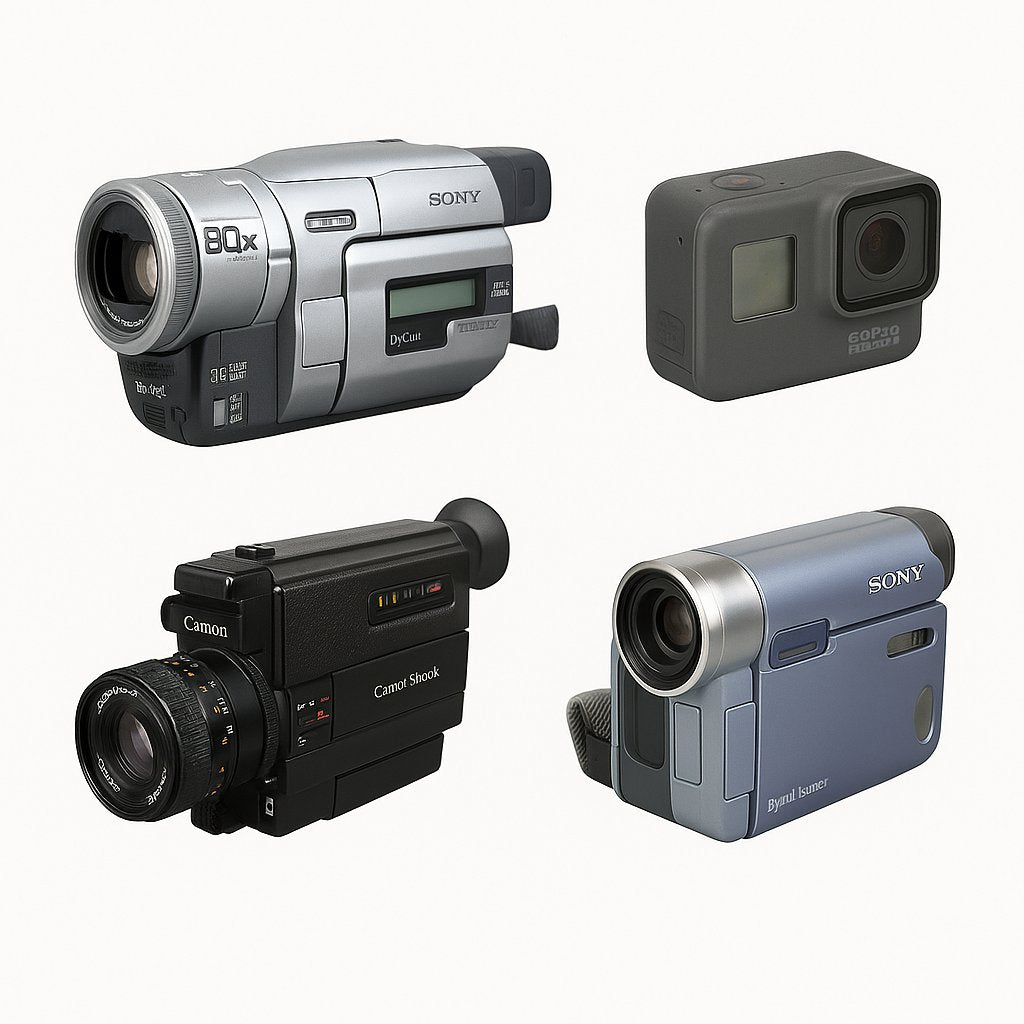
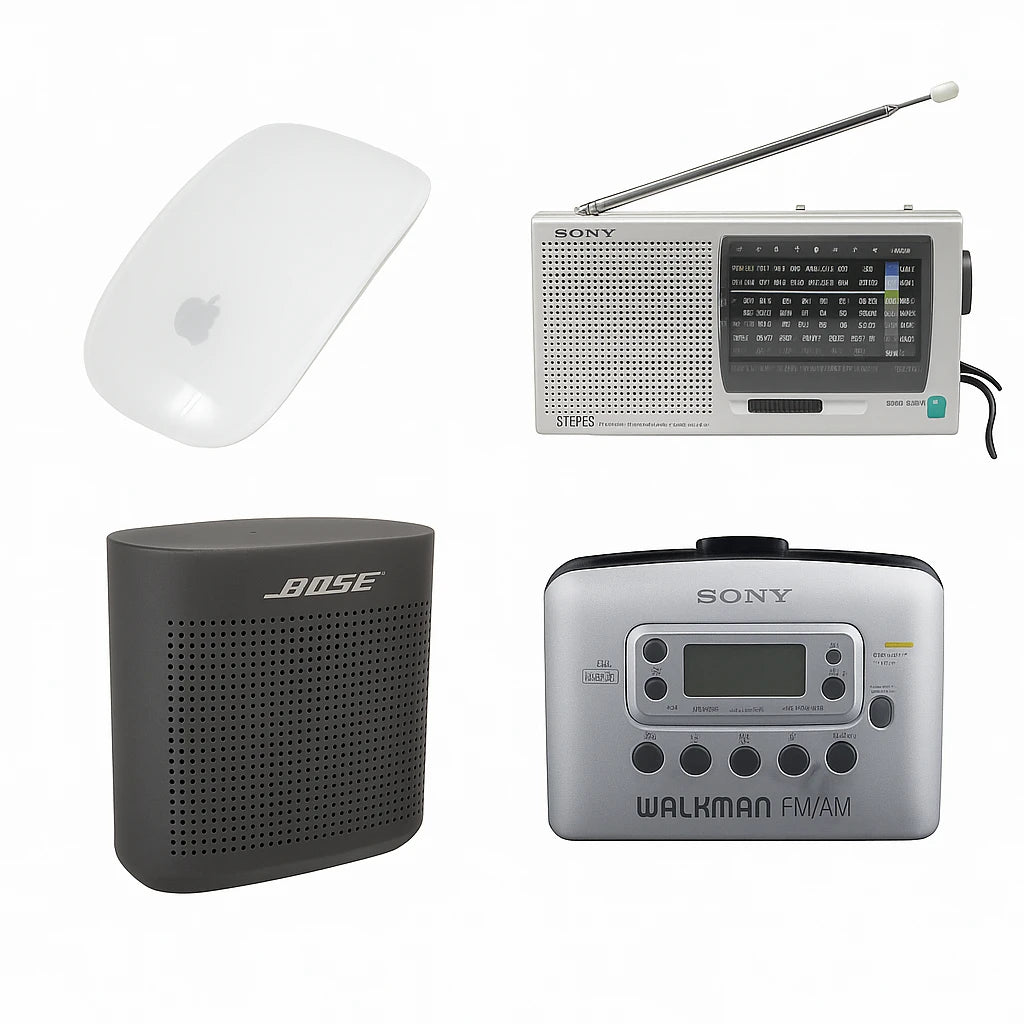
0 Kommentare